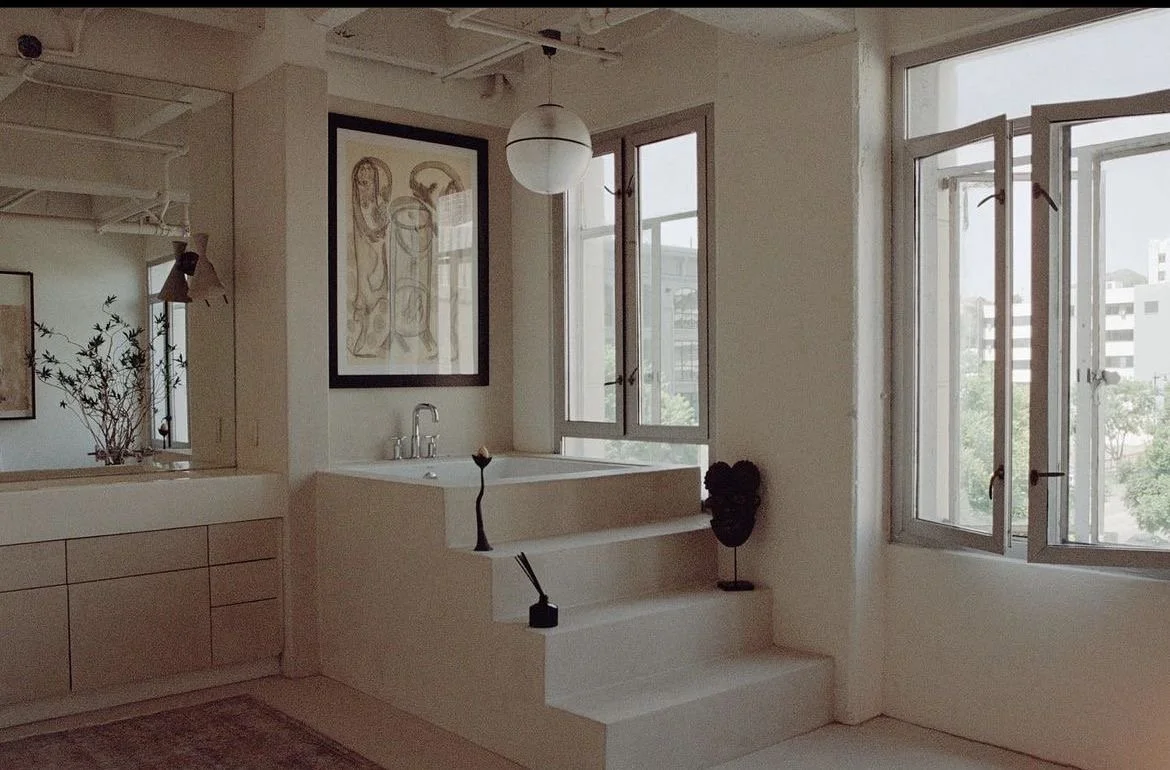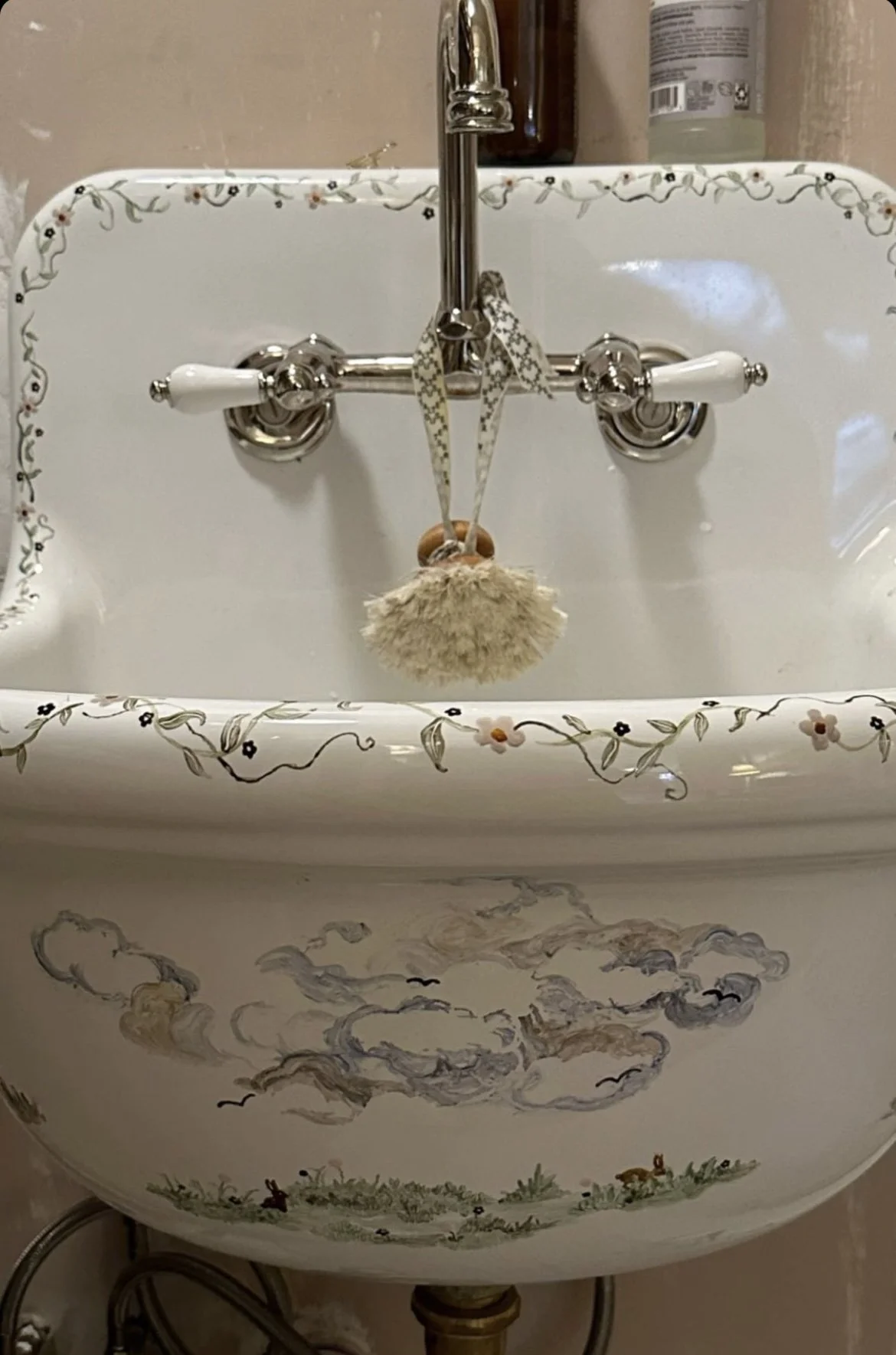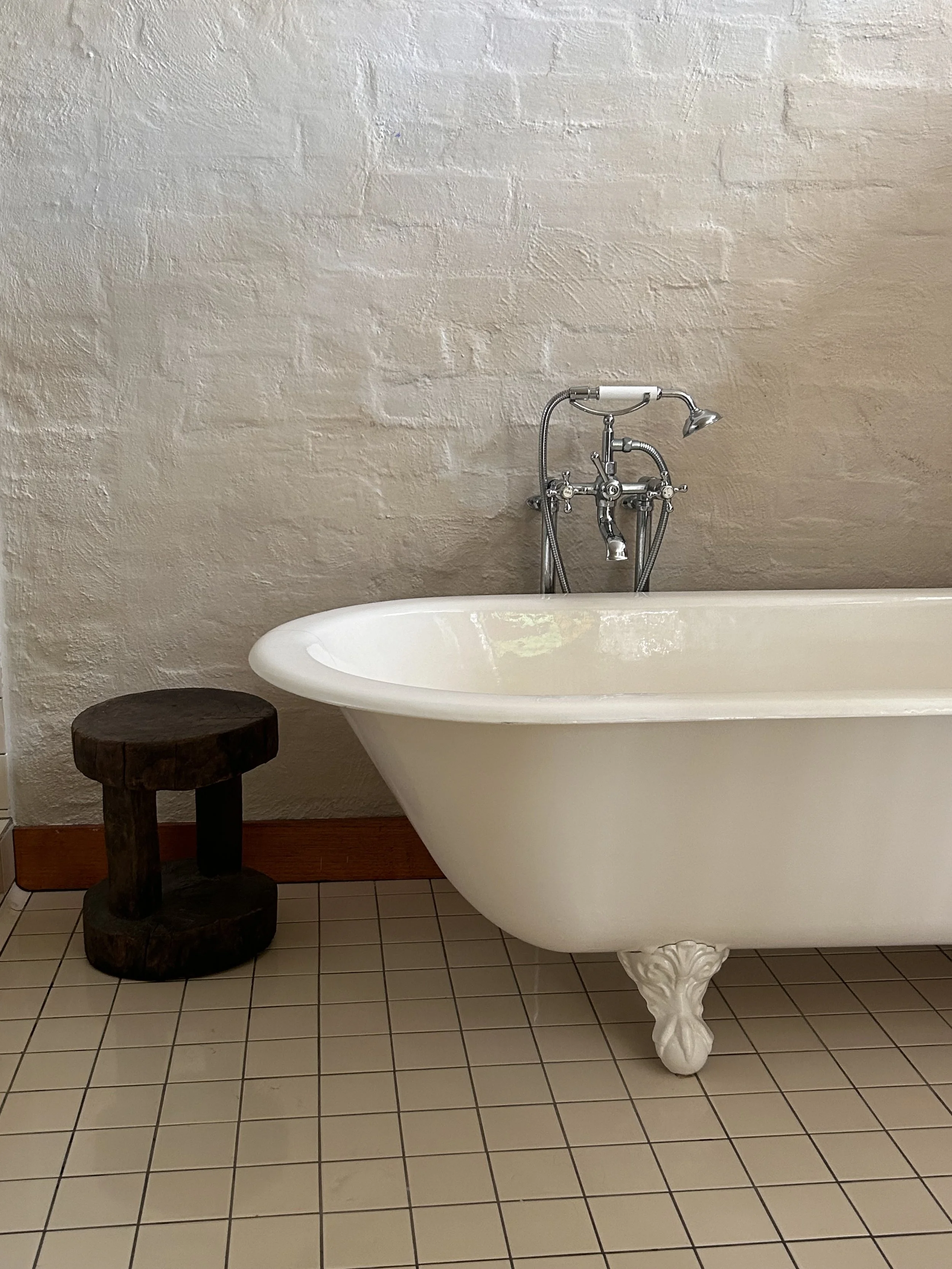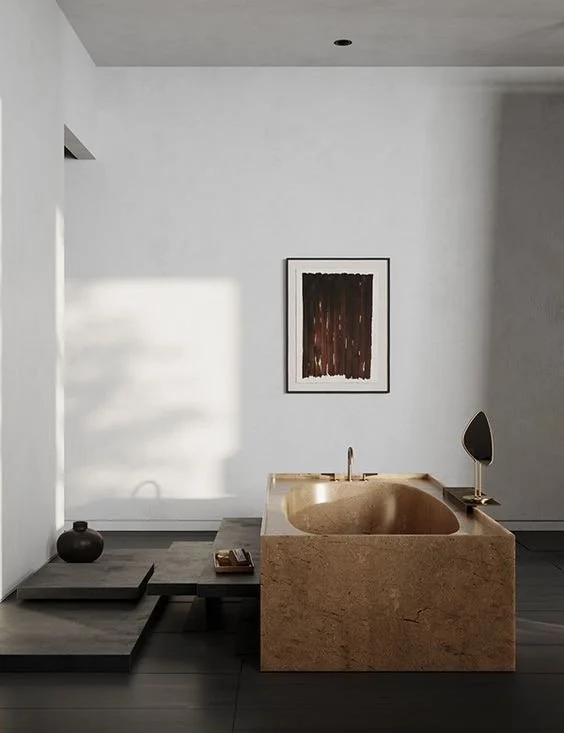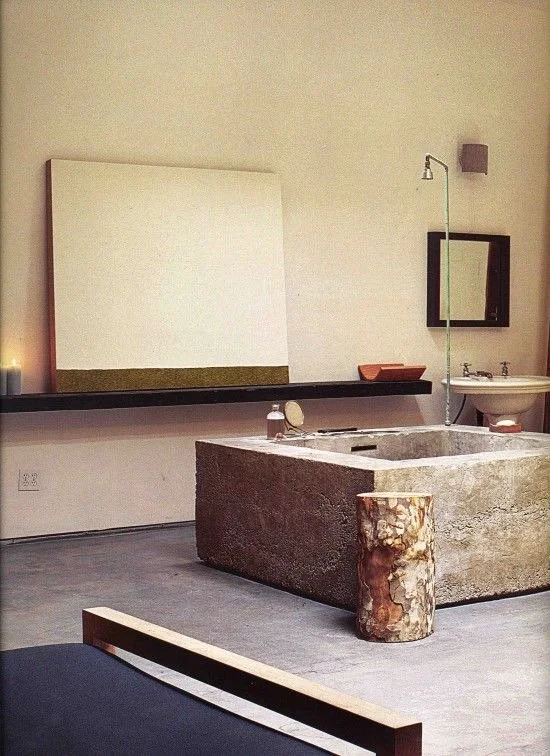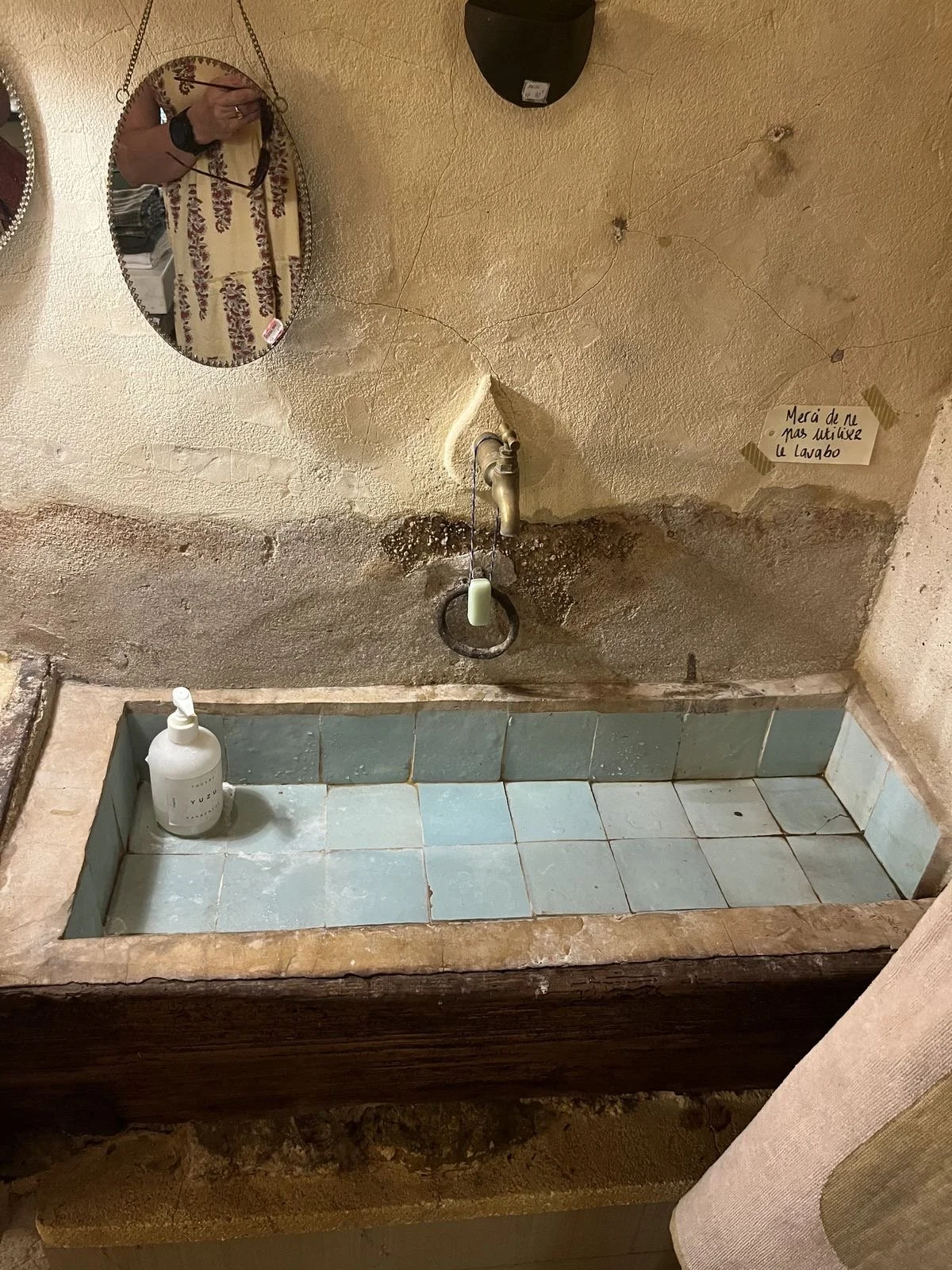Spa Architecture - Design As A Modern Sacrament.
Design as a Modern Sacrament
The ultimate role of spa architecture is to sanctify the everyday act of care.
By designing spaces that feel reverent and otherworldly, architects elevate simple actions — bathing, resting, breathing — into acts of ritual significance.
In this way, the spa becomes more than a luxury; it becomes a sacred refuge, a modern temple where design itself is a form of offering. Each wall, pool, and threshold whispers an invitation:
Slow down. Release. Return to yourself.
The Sacred Geometry of Spa Design: Circles, Cycles, and Wholeness
In spa architecture, the circle is one of the most powerful spatial gestures. Unlike linear structures, which imply direction and hierarchy, the circle represents continuity, equality, and eternity. It has no beginning and no end — just as the act of renewal and healing is never complete, but ongoing.
The circle has long been associated with sacred spaces. Ancient cultures built stone circles for ritual gatherings, Roman thermae were arranged around central baths, and Buddhist stupas embody the cyclical nature of existence. When a spa is designed with circular motifs — round pools, domed ceilings, or concentric chambers — it taps into this timeless symbolism, creating a space that feels instinctively safe, eternal, and whole.
The Circular Spa as a Cosmic Map
In spiritual traditions, circles often represent the universe itself, a microcosm of the larger cosmos.
A circular spa mirrors this idea: each chamber or pool becomes part of a cosmic diagram, guiding the guest inward toward their center.
• Central pools act as an axis mundi — the heart of the space, drawing people in like gravity.
• Curving corridors encourage slow, meditative movement, echoing the winding journey of spiritual pilgrimage.
• Circular seating or communal baths dissolve hierarchies, reminding guests of their shared humanity.
The result is a layout that embraces rather than divides, where every visitor is both participant and witness in a communal ritual of healing.
The most stunning clawfoot bath at The Old Clarence Brewery
The Golden Ratio and Harmonious Proportions
The Golden Ratio (Φ), found in the spirals of shells and the branching of trees, has been used by master builders for centuries — from the Parthenon to Renaissance cathedrals.
When a spa’s architecture follows these proportions, the human body instinctively recognizes the harmony, creating a subtle but powerful sense of balance.
• The dimensions of pools, treatment rooms, and corridors can be proportioned to this ratio to induce calm.
• Even furniture and seating arrangements designed to these principles will feel naturally comfortable and grounding.
• In lighting design, the spacing of fixtures according to the Golden Ratio enhances rhythm and visual flow.
By weaving the Golden Ratio into the very bones of the spa, the space becomes innately healing, aligning with the same patterns found in nature and the human body.
Four Elements in Spatial Design
Many sacred traditions are built on the balance of the four elements — earth, water, fire, and air — which can be directly translated into spa architecture:
• Earth: Natural stone floors, clay walls, and grounding materials that evoke stability and rootedness.
• Water: Pools, fountains, and steam rooms that flow through the architecture like veins of life.
• Fire: Soft candlelight, saunas, and warm thermal baths representing transformation and energy.
• Air: Open spaces, skylights, and carefully designed ventilation that invite breath and spaciousness.
When these elements are balanced, the spa becomes a harmonic microcosm of nature, a place where visitors feel deeply connected to the world and to themselves.
Creating a healing spa architecture experience begins with a thoughtful orchestration of light, materials, and flow. Natural light—through large windows, skylights, or soft diffused sources, which anchors the space in calm, while natural materials like stone, wood, and bamboo introduce warmth and a tactile connection to the earth.
Open, uncluttered layouts guide the body and mind gently through the space, while water elements, from baths to indoor fountains, provide soothing sound and movement.
Layered lighting, subtle shadows, and greenery further enhance the sense of serenity, engaging the senses in a quiet, restorative rhythm. Finally, personal ritual corners or niches allow for meditation, reflection, or journaling, ensuring that the space is not just seen, but felt- an environment where architecture itself becomes a participant in healing and wellness.
Ultimately, spa architecture is a marriage of design and wellbeing, where every detail- light, material, sound, and space- works in harmony to restore balance and calm. It transforms ordinary interiors into sanctuaries, offering not just a place to pause, but an experience that nurtures the body, mind, and spirit. In these thoughtfully crafted environments, healing becomes tangible, and the spaces we inhabit remind us that true wellness is both felt and lived.

